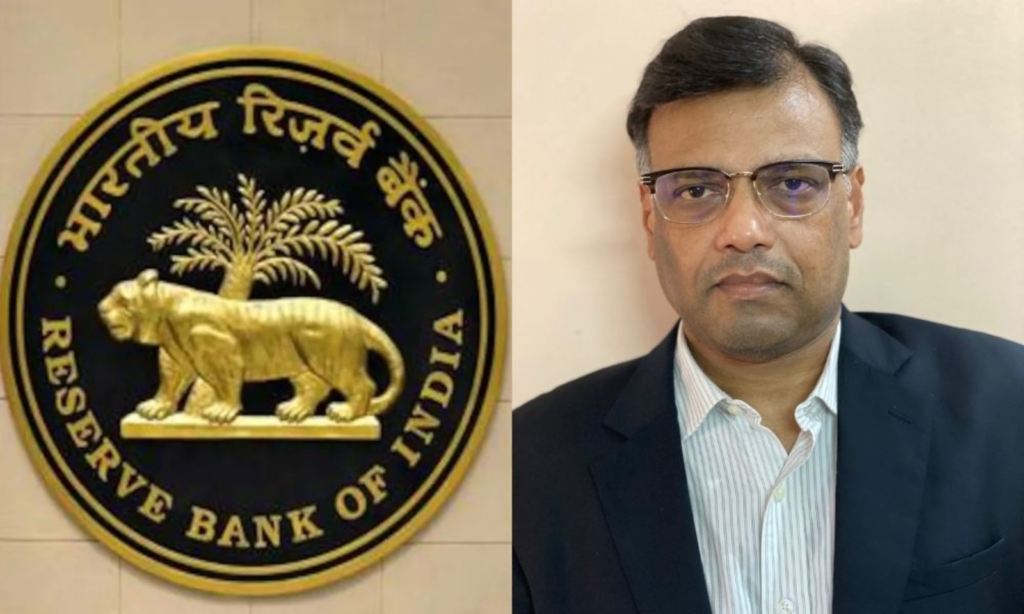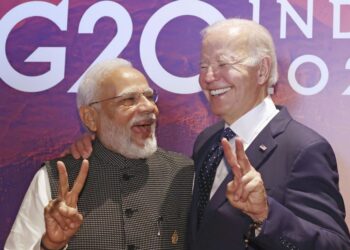The Reserve Bank of India’s move to issue digital currency is a step in the right direction, but it is equally important to tackle security issues
By Kumud Das
At a time when foreign inward remittances were growing at a CAGR of 10-15 percent in the country, Central Bank Digital Currency (CBDC) or Digital Rupee as you may like to call it has assumed great significance in the country.

It was the RBI deputy governor T Rabi Sankar who set the ball rolling by disclosing in a recent media briefing that the apex bank may come up with CBDC by the end of this year. Prior to it, he had hinted in an event that the central bank was working on development of CBDC, which is nothing but a legal tender issued by a central bank in a digital form. It is the same as a fiat currency and is exchangeable one-to-one with another fiat currency. Only its form is different. Also, it is backed by sovereign guarantee unlike privately launched virtual currencies like Bitcoin or Ethereum which are prone to volatility.
India’s inward remittances currently stand at US$ 70 billion. Large contributors are USA and Gulf countries followed by UK and other countries. Though the growth was muted during the last fiscal due to the ongoing pandemic, it has been growing at a CAGR of 15-20 percent in normal years. Not only that, if all goes well, the country is like to see inward remittances crossing the mark of US$ 100 billion by 2025.
Mihir Gandhi, Partner and Leader, Payment Transformation, PwC India, says, “CBDC will reduce time taken for inward remittances, which in the existing system may range between a few hours to one or two days. However, it is not yet clear what will be the role played by the banks once CBDC comes into being.”
From the perspective of the central bank, it is good to reduce the cost of cash. The central bank must, however, ensure the security of the digital system. Whatever the technology they use to issue the CBDC, it must be very critical, cautions Gandhi.
The concept of CBDC is not a new one, as it was first talked about by James Tobin, an American economist and Nobel laureate, in the 1980s. The physical cash and other cash equivalents like bonds and other securities also have been replaced by their electronic versions. The cashless system has been gaining momentum for quite some time and the pandemic has ensured it gains further traction. This has led central banks and governments to step up their efforts to come up with their version of digital currency.
India’s inward remittances currently stand at US$ 70 billion. Large contributors are USA and Gulf countries followed by UK and other countries.
According to Prem Prakash, CEO, CapitalVia Global Research, “The CBDC is expected to revolutionise the remittance systems and increase the efficiency of transactions. The regular NRE/NRO accounts can be fungible with CBDC. NRIs face a lot of hurdles if they want to invest money in Indian equities directly or even through mutual funds, the paperwork is quite tedious and KYC norms can also be exhaustive.”
With the advent of CBDC, the clerical and paperwork hitches can be very easily and efficiently overcome. This will also ease the transaction hassles of importers/exporters, as invoicing and payments can be in CBDC.
The use of CBDC will ease the process of currency conversion for NRIs and going further, INR being held as CBDC can prove to be handy and facilitate instant transfe of the funds and this will also attract funds as investments into our securities markets. This is expected to eventually lead to capital account convertibility to full scale, opines Prakash.
GIFT City is now permitting CBDC INR accounts to be opened with IFSC banking units as authorized dealers.This is to create a finite INR in CBDC and have a proper audit and paper trail. The liquidity will be something to be analysed, but this is very well disposed to removing obstacles in the remittances and is expected to increase the remittances due to increased efficiency and ease. The personal remittances are expected to become seamless, and it is also expected to attract investments into the financial markets.
The digital currency is the most preferred way of transaction when it comes to high–value transactions in non-fungible tokens (NFTs) which are the in thing.
The advent of private virtual currencies (VCs) like Bitcoin may well be another reason why CBDCs might become inevitable. It is not clear what specific need is met by these private VCs that official money cannot meet as efficiently, but that may not come in the way of their adoption. It could also protect the public from the abnormal level of volatility some of these VCs experience.
But the flight of deposits can be much faster compared to cash withdrawal in case of CBDC which poses a challenge before the digital currency.
Whatever may be the challenges in the way of introduction of the Digital Rupee in the country, it is going to be the need of the hour in several aspects. First, it would constitute a government-guaranteed means of payment without credit risk and it will be available for the general public in digital form.
This type of Digital Rupee could be regarded as a modernisation of the RBI’s means of payment. It could also function as a complement to the existing payment solutions currently offered in the private sector, which may possibly benefit competition in the payment market.
However, one can only deliberate about such possible opportunities, which need to be explored further. The preceding sections indicate that CBDC issuance is a complex issue, says a working paper prepared by Vidhi Centre for Legal Policy, which calls for in-depth research. Ultimately, the decision to issue CBDC must be based on a socio-economic cost benefit analysis, with specific emphasis on the impact of such a development on financial stability and monetary policy.
For many advanced jurisdictions pursuing wholesale CBDC, the report goes on, improving the efficiency of cross-border payments has been a primary use case. Currently, cross-border funds transfers are costly and time-consuming, with one report suggesting that the transaction processing fee for such transfers can cost an average of 7 per cent of a transaction. There are time lags for such fund transfers, during which counterparties are exposed to credit and settlement risk. Such cross-border transactions typically involve domestic banks relying on correspondent banks. The report by the Hong Kong Monetary Authority and Bank of Thailand points out that such cross-border transactions involve multiple communications and transfers through correspondent banks, which ultimately results in an inefficient and lengthy process.
The author is a senior journalist.








